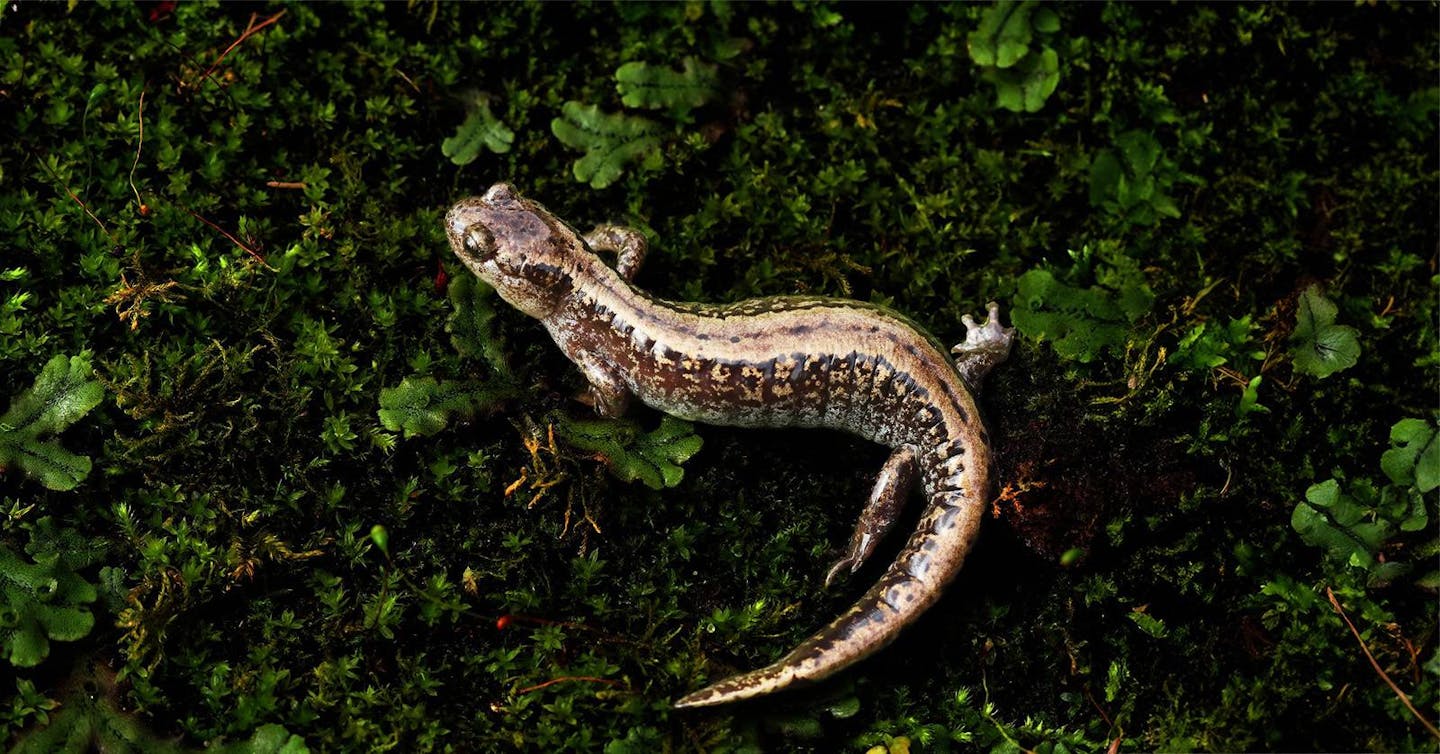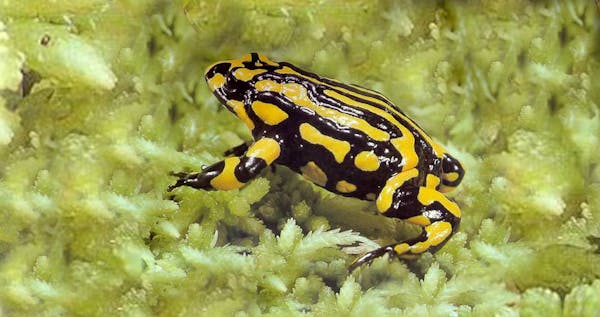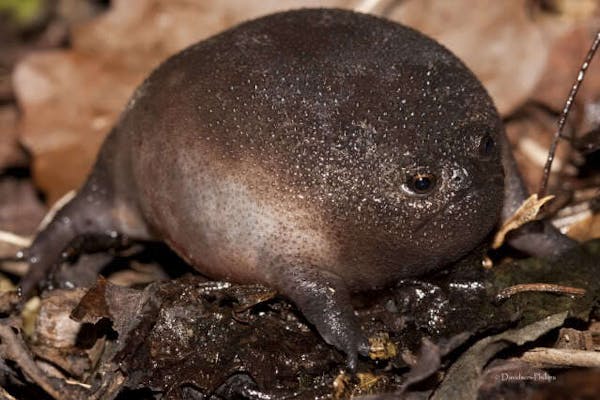Surviving the freeze: The remarkable resilience of the Siberian salamander
- Nature Conservation
- Land Conservation
- Iconic Species
- Wildlife
- Amphibians
- Eastern Eurasia Realm
- Northeast Asian Forests
One Earth’s “Species of the Week” series highlights an iconic species that represents the unique biogeography of each of the 185 bioregions of the Earth.
In the frigid landscapes of Siberia, a remarkable amphibian defies the harsh realities of its environment with unparalleled resilience. The Siberian salamander (Salamandrella keyserlingii) symbolizes Nature's adaptability and serves a vital ecological role in its habitat's vast wilderness.
Extraordinary freeze tolerance
The Siberian salamander exhibits a phenomenal capacity for survival, enduring temperatures as low as -45 °C (-49 °F). This amphibian can remain in a frozen state for several months and remarkably reanimates its organs and cellular functions with the arrival of spring, resuming its activities as if awakened from a deep sleep.
A diverse and wide-ranging habitat
Spanning vast territories from Russia to Japan, the Siberian salamander adapts to a variety of ecological zones. It flourishes in the taiga, riparian woodlands, and the tundra-steppe interface, relying on the presence of stagnant pools in these regions to sustain its life cycle.

The Siberian salamander (Salamandrella keyserlingii) is the iconic species of the Dzhagdy Mountain Conifer Forests bioregion (PA45) located in the Northeast Asian Forests subrealm of Eastern Eurasia.
Unique features and survival strategies
Sporting a smooth, often bronze-brown or olive skin adorned with light longitudinal dorsal bands and dark spots, the Siberian salamander is not only a visual marvel but also a predatory adept. Primarily carnivorous, it feasts on slugs and arthropods, blending well into the background of its habitat before it strikes.
From eggs to terrestrial predators
Reproduction occurs from mid-April to May, with females laying up to 240 eggs in a season, each clutch containing 14 to 166 eggs. Hatching after 15–40 days, larvae feed on benthic and phytophilous invertebrates before metamorphosing into terrestrial adults, which continue their predatory lifestyle.
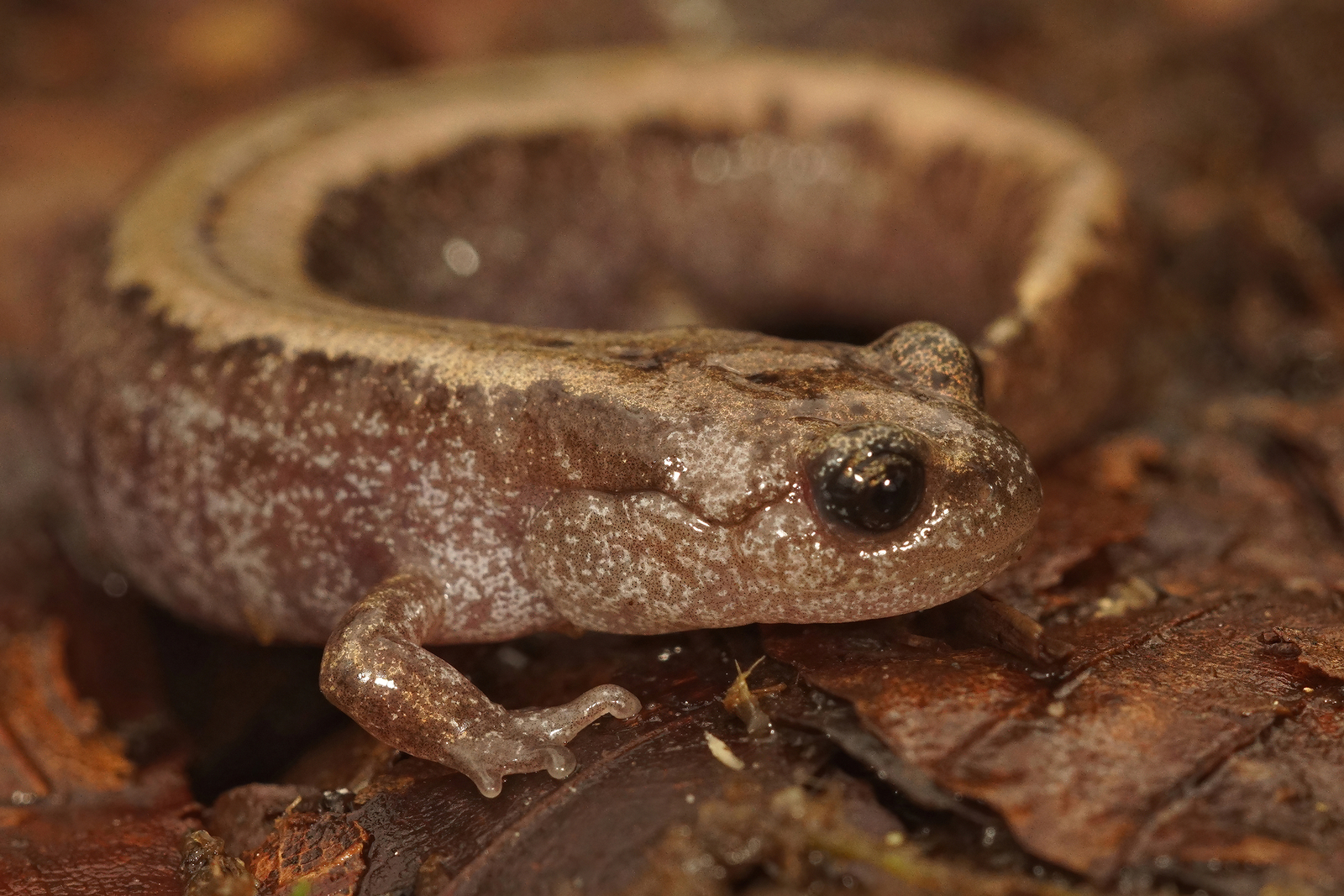
The Siberian salamander (Salamandrella keyserlingii) has the rare ability to freeze and revive itself when temperatures rise. Image credit: © Henk Wallays | Dreamstime
Indicators of ecosystem health
As a bioindicator species, the Siberian salamander offers invaluable insights into the health of its habitat. Its freeze-tolerance and adaptive behaviors contribute to regulating nutrient cycles and energy flow within Siberia's ecosystems, ensuring the sustenance of diverse flora and fauna.
Cultural emblem of survival
Revered in local folklore, the Siberian salamander is revered as a symbol of resilience and endurance, embodying the spirit of survival amidst adversity. While not commonly associated with medicinal properties, its presence holds cultural significance among Indigenous communities, symbolizing harmony with the natural world.
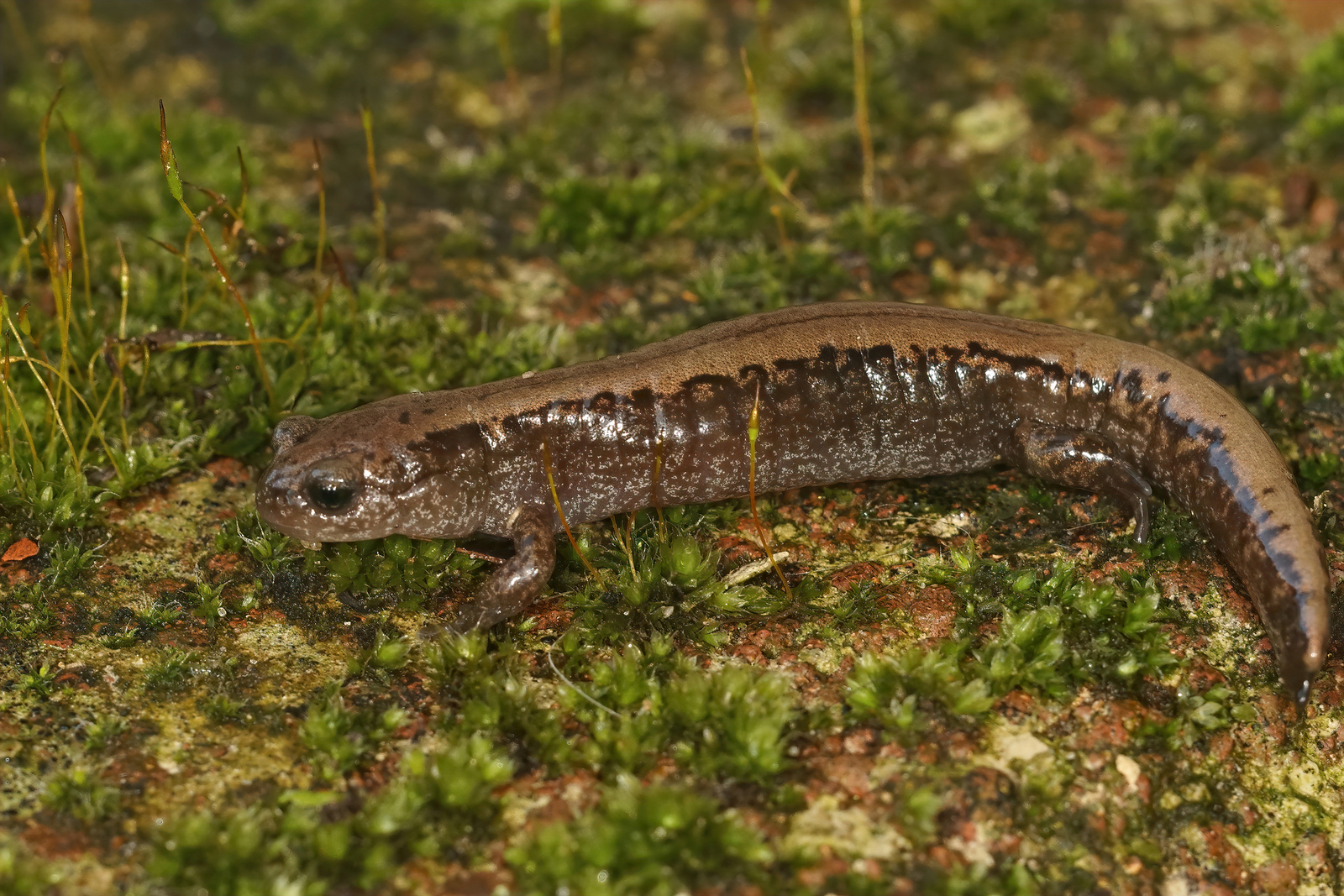
Closeup on an adult Siberian salamander sitting on a moss-covered stone. Image credit: © Henk Wallays | Dreamstime
Facing future challenges
Despite its adaptability, the Siberian salamander faces threats such as habitat loss, pollution, and the effects of climate change. Preservation initiatives are more crucial than ever to ensure the survival of this species and the ecological balance it helps maintain.
By supporting conservation efforts and advocating for the preservation of its habitat, we can safeguard not only the future of this remarkable species but also the intricate web of life that sustains us all.
Support Nature Conservation-
-
- AmphibiaWeb's database: [AmphibiaWeb] (https://amphibiaweb.org)
- Poyarkov, N.A., and Kuzmin, S.L. (2008). “Taxonomic status of populations of the Siberian Newt Salamandrella keyserlingii from the Primorye region (Russia)”. Russian Journal of Herpetology, vol. 15(2), pp. 143–156.
- Kuzmin, S.L. (2008). “The current state of the amphibian fauna of the former Soviet Union”. Russian Journal of Herpetology, vol. 15 (3), pp. 159–186.
-
